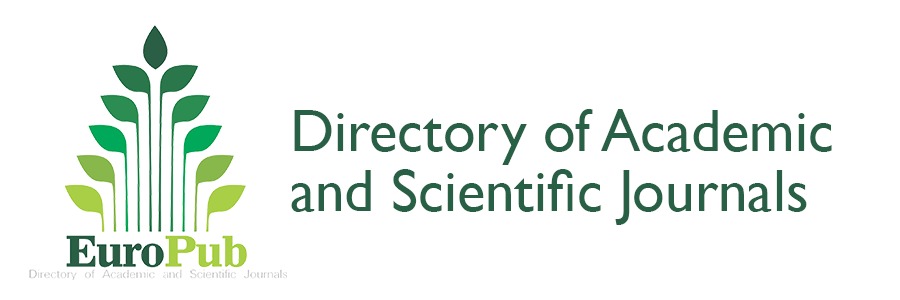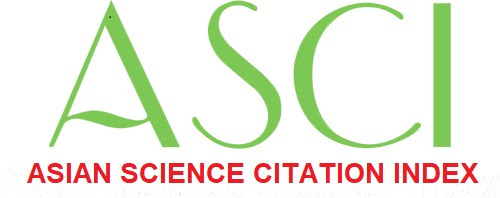Prevalence of Cutaneous Leishmaniasis in Northern West Districts of Khyber Pakhtunkhwa
DOI:
https://doi.org/10.62746/njlhs.v2n2.35Keywords:
Cutaneous Leishmaniasis, Northern West, PrevalenceAbstract
Background: Leishmania parasites are the causative agent of leishmaniasis, and remain a significant public health concern in various regions of the world including Pakistan. A group of protozoan diseases transmitted to mammals including humans by female phlebotomine sandfly. This study was conducted to determine the prevalence of cutaneous leishmaniasis in the residents of northern west districts of KP Pakistan.
Material and Method: Between July and October 2023, a total of three hundred and nineteen patients were recruited. A cross-sectional study was where suspected individuals were screened for the disease. Positive cases were identified based on the presence of characteristic skin lesions, and samples were examined by smear microscope.
Results: Among total 319, 302 (94.7 %) participants out of 319 were found to have cutaneous leishmaniasis, including 158 participant males and 144 females. Their age range was from (1 to 75). The highest frequency of Cutaneous leishmaniasis was noted as 128 cases in the age group (1-15 years). Among all tehsil in Bajaur district the greatest frequency was observed in Tehsil Mamond with 120 cases. The most Common lesion sites were the face (29.5%) Follow by nose (14.4%). This Results underscores the need for targeted interventions and public awareness.
Conclusion: Pakistan have seen epidemics recent years in northwestern Khyber Pakhtunkhwa like malaria and cutaneous leishmaniasis. Over a short period this report focuses on the current status of cutaneous leishmaniasis. Lack of essential knowledge among most participants regarding the disease, its prevention, transmission, and risk factors like socioeconomic and environmental factors, poses a serious threat of infection within local communities. This study emphasizes the need for regulations, prevention efforts, public health education, awareness campaigns, and effective disease management to control future outbreaks.
Downloads
Downloads
Published
Issue
Section
License
Copyright (c) 2024 National Journal of Life and Health Sciences

This work is licensed under a Creative Commons Attribution-NonCommercial 4.0 International License.
Open Access


























